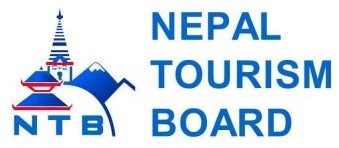Everest Base Camp Trek: The Ultimate Guide to Conquering the Himalayas

20th Nov, 2024
- teamramadventure
The Everest Base Camp Trek (EBC) is a dream destination for trekkers and adventurers worldwide. Nestled in the heart of the majestic Himalayas, this trek is not just about reaching the foot of the world’s highest peak, Mount Everest (8,848.86 meters). It’s an awe-inspiring journey through breathtaking landscapes, rich Sherpa culture, and unparalleled adventure.
Table of Contents
In this comprehensive guide, we’ll cover everything you need to know about the Everest Base Camp Trek, from planning and preparation to highlights and essential tips.
Why Trek to Everest Base Camp?
The allure of the Everest Base Camp Trek lies in its unique combination of natural beauty and cultural immersion. Here’s why it’s worth every step:
- Stunning Scenery: Towering peaks, lush forests, glacial rivers, and high-altitude plains.
- Cultural Richness: Explore Sherpa villages, visit Buddhist monasteries, and experience local traditions.
- Personal Achievement: Stand at 5,364 meters, surrounded by the towering giants of the Himalayas.
- Thrilling Adventure: Cross high suspension bridges, traverse rocky trails, and witness dramatic weather changes.
Everest Base Camp Trek Overview
- Duration: 12–14 days
- Maximum Altitude: 5,545 meters (Kala Patthar)
- Difficulty Level: Moderate to challenging
- Best Seasons: March to May and September to November
- Starting Point: Lukla (accessible by flight from Kathmandu)
Detailed Itinerary
Day 1: Fly from Kathmandu to Lukla (2,860m) and Trek to Phakding (2,610m)
- Flight Duration: 30 minutes
- Trek Duration: 3–4 hours
Your adventure begins with a scenic flight to Lukla, offering views of the Himalayan peaks. From Lukla, a short trek takes you to Phakding, where you’ll stay overnight.
Day 2: Trek from Phakding to Namche Bazaar (3,440m)
- Trek Duration: 6–7 hours
This day involves crossing several suspension bridges over the Dudh Koshi River and entering the Sagarmatha National Park. The trail to Namche Bazaar, a vibrant Sherpa town, is steep but rewarding with stunning mountain views.
Day 3: Acclimatization Day at Namche Bazaar
Spend the day exploring Namche Bazaar, visit the Sherpa Museum, and enjoy short hikes to nearby viewpoints like the Everest View Hotel for panoramic views of Everest and Ama Dablam.
Day 4: Trek from Namche Bazaar to Tengboche (3,860m)
- Trek Duration: 5–6 hours
This trail offers breathtaking views of Everest, Lhotse, Nuptse, and Ama Dablam. Tengboche is home to the Tengboche Monastery, the largest monastery in the region.
Day 5: Trek from Tengboche to Dingboche (4,410m)
- Trek Duration: 5–6 hours
As you gain altitude, the terrain becomes more rugged. Dingboche is a picturesque village surrounded by towering peaks.
Day 6: Acclimatization Day at Dingboche
Take a day to adjust to the altitude. Hike to Nagarjun Hill or explore the surrounding valley for stunning views of the Himalayas.
Day 7: Trek from Dingboche to Lobuche (4,940m)
- Trek Duration: 5–6 hours
The trail passes through Thukla Pass, a memorial site for climbers who lost their lives on Everest. The views of Pumori and Nuptse are spectacular.
Day 8: Trek from Lobuche to Everest Base Camp (5,364m) via Gorak Shep (5,164m)
- Trek Duration: 8–9 hours
This is the most thrilling day as you finally reach Everest Base Camp. Celebrate your achievement amidst towering glaciers and the iconic Khumbu Icefall. Return to Gorak Shep for the night.
Day 9: Hike to Kala Patthar (5,545m) and Trek Back to Pheriche (4,371m)
- Trek Duration: 7–8 hours
Climb to Kala Patthar early in the morning for the best panoramic views of Everest. Descend to Pheriche for a comfortable overnight stay.
Day 10–12: Return to Lukla via Namche Bazaar and Fly to Kathmandu
Retrace your steps back through the stunning landscapes to Lukla. Fly to Kathmandu with unforgettable memories of the trek.
Best Time for the Everest Base Camp Trek
Spring (March–May)
- Mild temperatures and blooming rhododendrons.
- Excellent visibility for mountain views.
Autumn (September–November)
- Stable weather and crisp skies.
- Peak trekking season with optimal conditions.
Winter (December–February)
- Clear skies but cold temperatures.
- Trails are less crowded, but high passes can be challenging.
Monsoon (June–August)
- Heavy rainfall and leech-filled trails.
- Stunning greenery but limited visibility.
Permits Required
-
TIMS Card (Trekkers’ Information Management System):
- Cost: USD 10–20
- Available in Kathmandu or through trekking agencies.
-
Sagarmatha National Park Entry Permit:
- Cost: NPR 3,000 (approximately USD 25)
- Obtainable at the entry point or Kathmandu.
-
Khumbu Pasang Lhamu Rural Municipality Permit:
- Cost: NPR 3,000 (approximately USD 23)
What to Pack for the Everest Base Camp Trek
Clothing
- Base layers (moisture-wicking).
- Insulating layers (fleece or down jacket).
- Outer shell (waterproof and windproof).
- Comfortable trekking pants and gloves.
Footwear
- Sturdy trekking boots (waterproof).
- Warm socks (thermal).
Gear and Accessories
- Sleeping bag (rated for -20°C).
- Trekking poles.
- Headlamp with extra batteries.
- Backpack (30–40 liters) with rain cover.
Miscellaneous Items
- First aid kit.
- Water purification tablets.
- Energy bars and snacks.
- Sunscreen, sunglasses, and lip balm.
Accommodation and Meals
Most trekkers stay in teahouses, which offer basic but comfortable facilities. Expect:
- Rooms: Twin beds with shared bathrooms.
- Meals: Dal Bhat (lentils and rice), noodles, soups, and pancakes.
Meals are high in carbohydrates to provide energy for trekking, and warm beverages like ginger tea are popular.
Tips for a Successful Everest Base Camp Trek
- Acclimatize Properly: Take rest days to avoid altitude sickness.
- Stay Hydrated: Drink 3–4 liters of water daily.
- Hire a Guide or Porter: They enhance safety and make your trek easier.
- Train Beforehand: Build stamina with regular cardio and hiking.
- Pack Light: Only bring essentials to reduce your load.
- Respect Local Culture: Greet with “Namaste” and dress modestly.
Cost of the Everest Base Camp Trek
- Budget Trek: $800–$1,200 (self-guided with basic teahouses).
- Standard Trek: $1,200–$1,800 (includes guide, porter, and better accommodations).
- Luxury Trek: $2,500+ (includes high-end services and amenities).
Conclusion
The Everest Base Camp Trek is not just a trek; it’s a life-changing journey. It tests your endurance, rewards you with unparalleled natural beauty, and immerses you in the culture of the Himalayas. With proper planning and preparation, this adventure will be an unforgettable highlight of your life.
Start planning today and embark on the journey of a lifetime to the foot of the world’s tallest mountain!


 Plan Your Trip Now
Plan Your Trip Now 










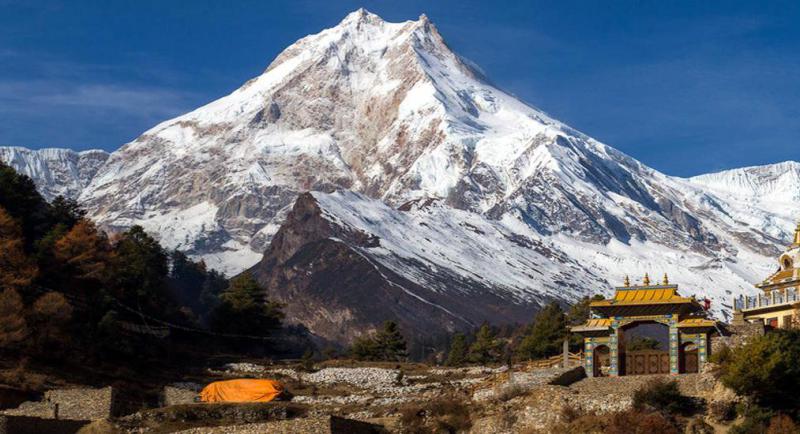

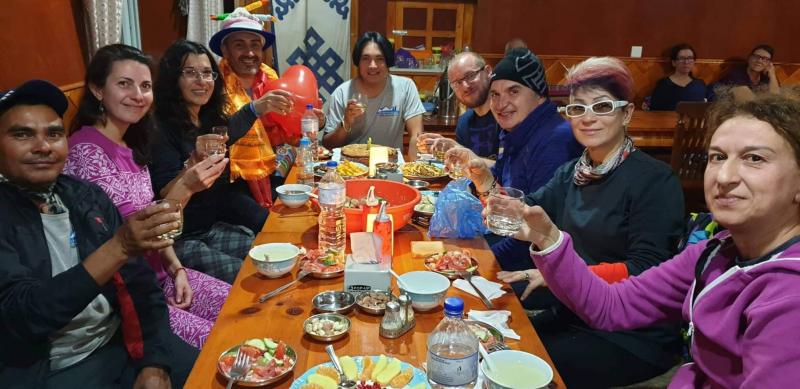









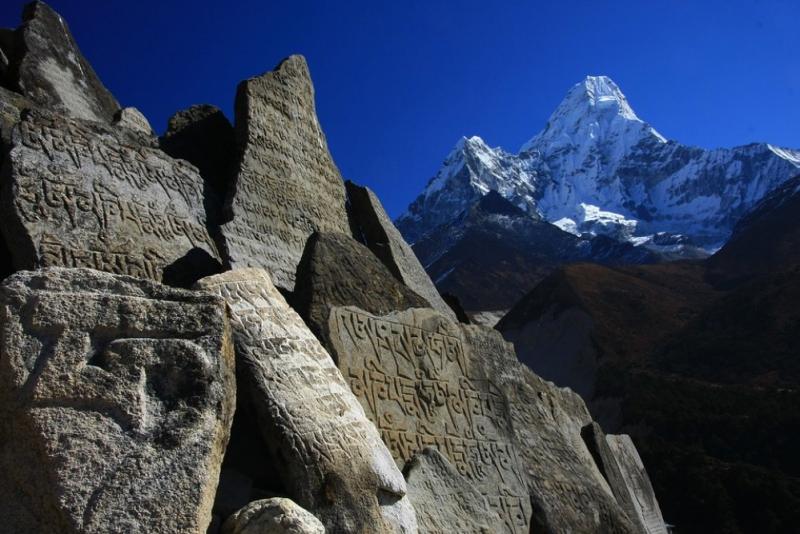






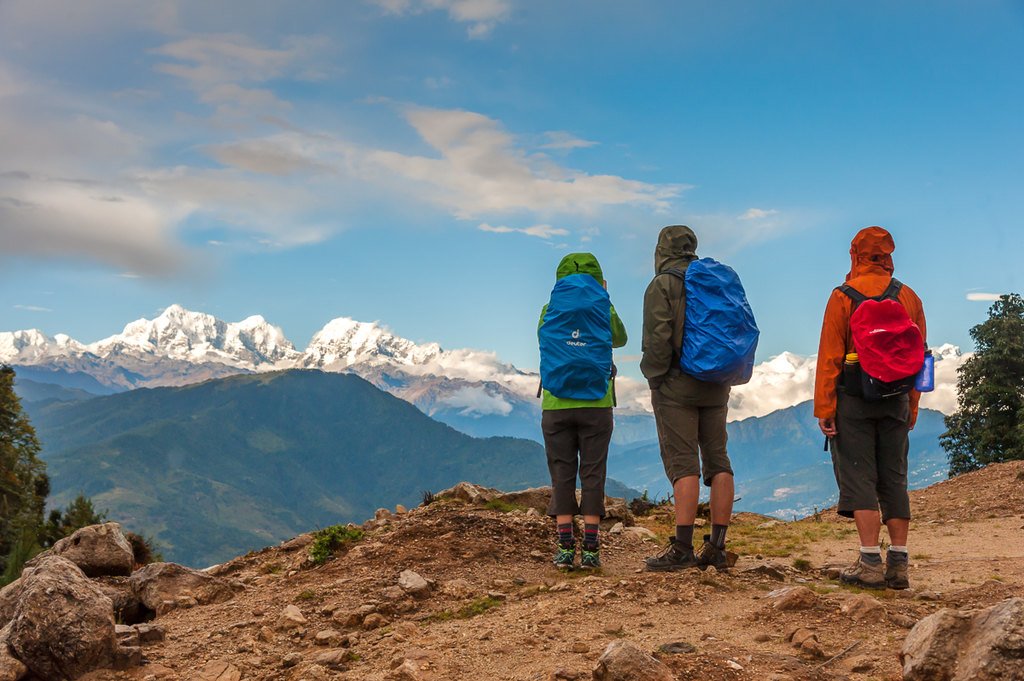
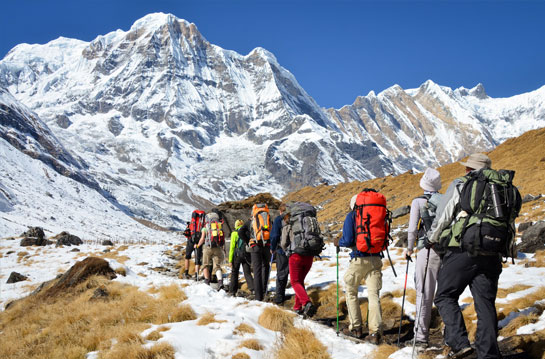
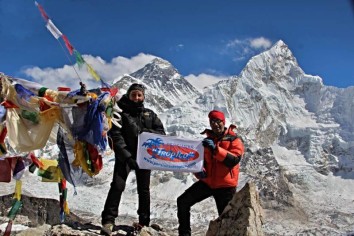






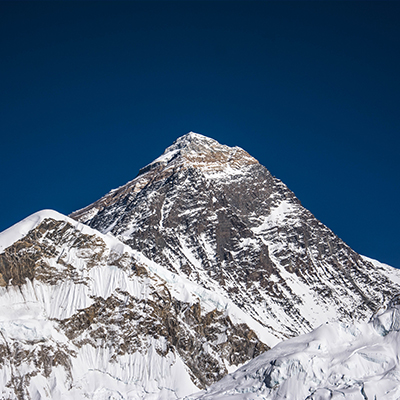


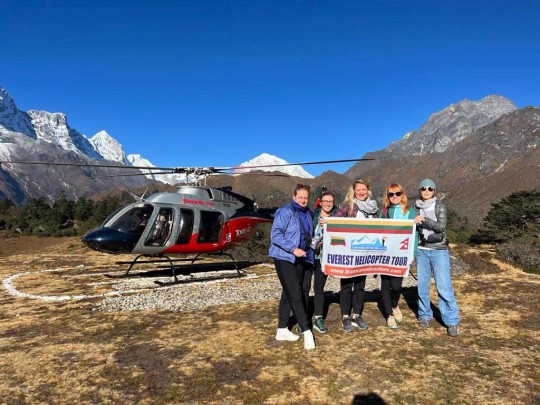



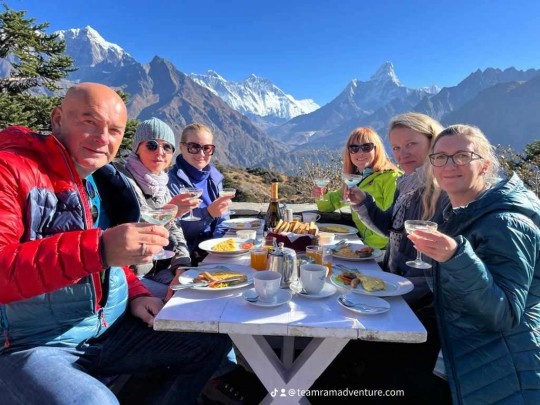







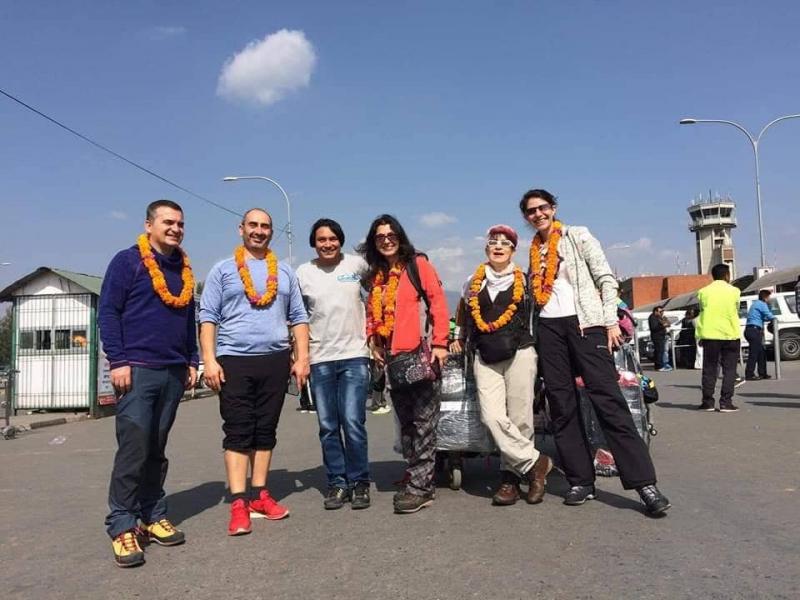












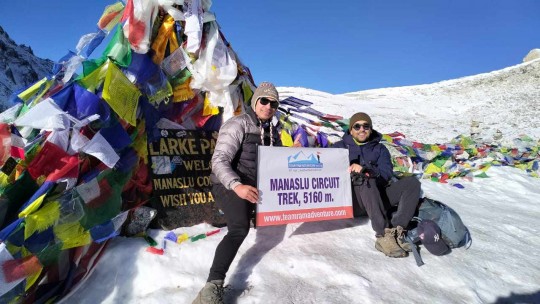
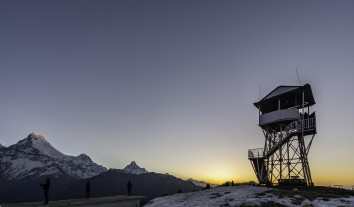
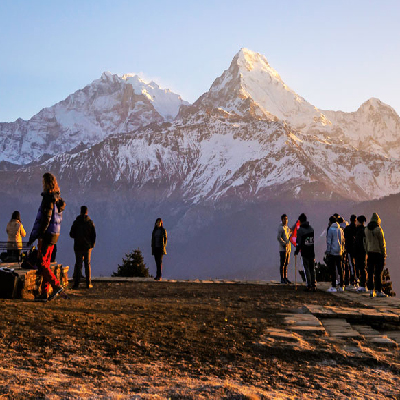










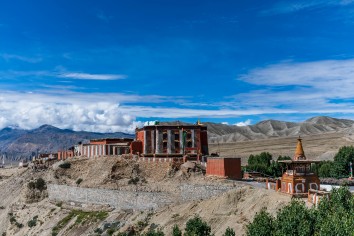


.jpg)







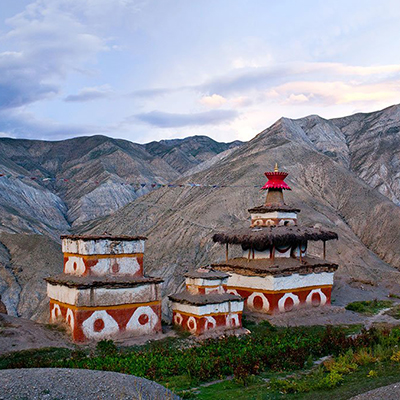
.jpg)


.jpg)

